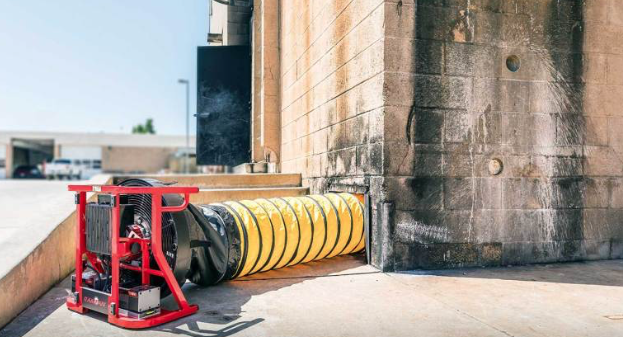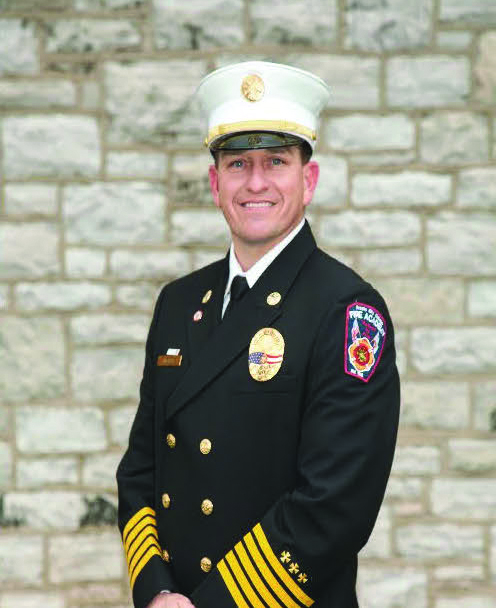
The Importance of Air Change and How to Find It
Confined spaces by their very meaning solicit thoughts of small, uncomfortable, and untenable space. Ventilation is a must no matter the situation. According to Koester (2018) “out of 670 confined space deaths” 373 were atmospheric in nature and 0% were ventilated (para 3). Whether you’re ventilating to clear a hazardous atmospheric condition, make the space more tenable for the rescuer, or introduce fresh air for the patient, ventilation should be established at every incident if practical.
Previously, three types of ventilation were discussed that give rescuers options to implement depending on the objectives of the incident:
- The training of the rescue team
- Location, and the availability of equipment: positive pressure, negative
- And, a combination
Although natural ventilation can work in certain circumstances, for the purposes of confined space ventilation these three will be discussed further. While these ventilation types were discussed briefly earlier, what equipment is needed to support the operation is another story. Ventilation operations generally need three things to work:
- A power source
- A fan
- And, some type of attachment to direct air
The requirement to be intrinsically safe makes combustion or gas-powered fans impractical. The size of the fan and the reliability of the power source are important because for ventilation to be successful you must meet a certain number of air changes per hour leading to improved atmospheric conditions. Best practice is usually anywhere from 6-20 air changes per hour or one air change every 3 minutes. So, how do we know how much cubic feet per minute (CFM) our fan/blower needs to be to meet our desired air changes per hour?
As an example, if the space is 6,000 cubic feet and you need 20 ACH, multiply 20 x 6,000 and you would need 120,000 CFM per hour. Divide 120,000 by 60 minutes (1hr) and your minute. CFM delivery rate will be 2,000 CFM. To be safe and effective ensure that you have a fan that is inherently safe, properly grounded, and produces enough CFM to meet your air exchange rate.
Lastly, when looking for fans, OSHA requires electrical equipment to have been tested by a Nationally Recognized Testing Laboratory like UL (Durr, 2015). The fan attachment can also be a critical decision for the team. Standard flexible tubing is the most common. However, other attachments may be available such as manhole attachments, and event thin plastic tubing, similar to trash bag material.
Whatever the case, make sure your attachment allows reach for an effective ventilation operation or assists in access for rescuers to pass by. In vertical spaces make sure the tube/ventilation is no more than 2 feet above the floor to prevent churning and allow air to be circulated. For more information on confined space rescue always reference OSHA 29 CFR 1910.146 for general industry or CFR 1926 subpart AA for construction. Other relevant NFPA standards are 1670, 1006, and 350.
References
Durr, C. (2015). Selecting the right ventilation equipment when working in confined spaces under the new construction standard. Occupational Safety and Health Administration Journal. Retrieved from www.ohsonline.com.
Koester, C. (2018). We must change the statistics of confined space injuries and fatalities. Occupational Safety and Health Administration Journal. Retrieved from www.ohsonline.com.
By Chief Jacob McAfee

Jacob is a former DoD Fire Chief with 18 years of fire service experience, serving in every major division including Chief of Department. Chief McAfee is a credentialed CFO/CTO with the Center for Public Safety Excellence and serves the Institute of Fire Engineers, Member grade. He holds Masters Degrees in Occupational Safety and Health and Emergency Management and is currently pursuing his Ph.D. in Emergency Management with Capella University.

